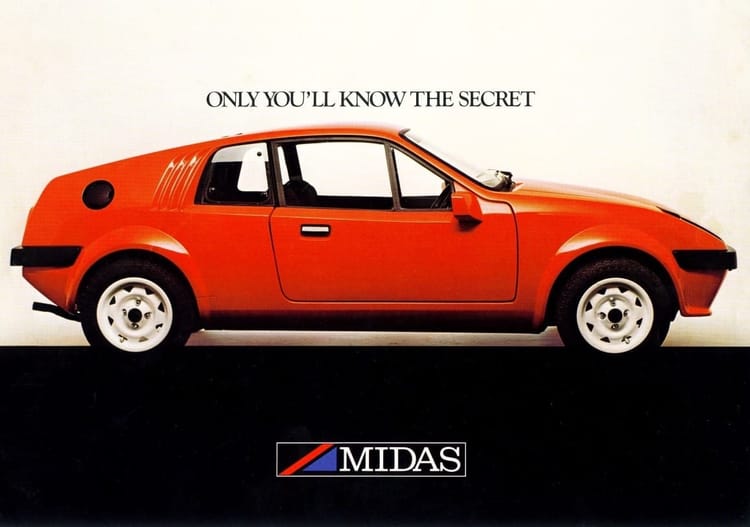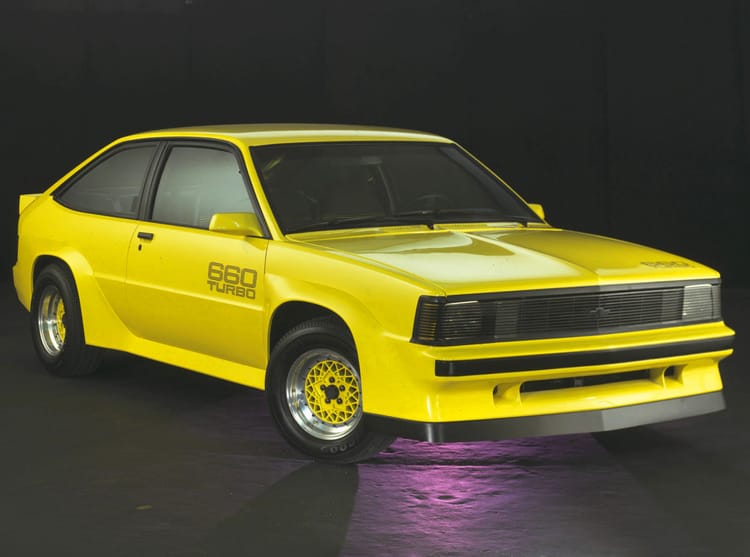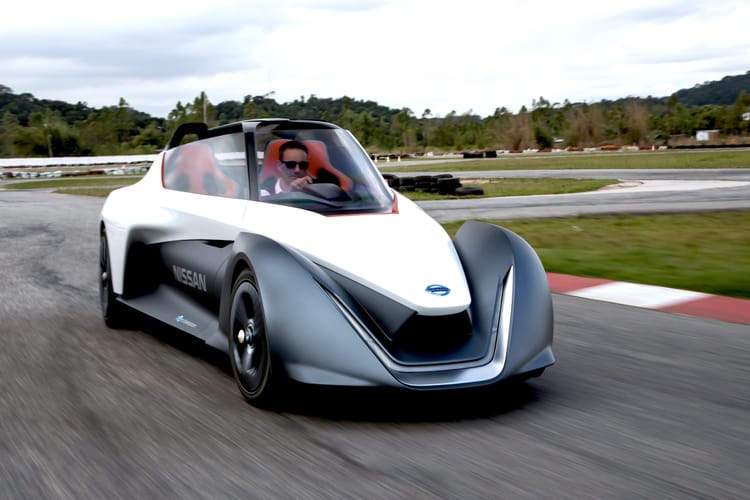Jaguar Ascot by Bertone
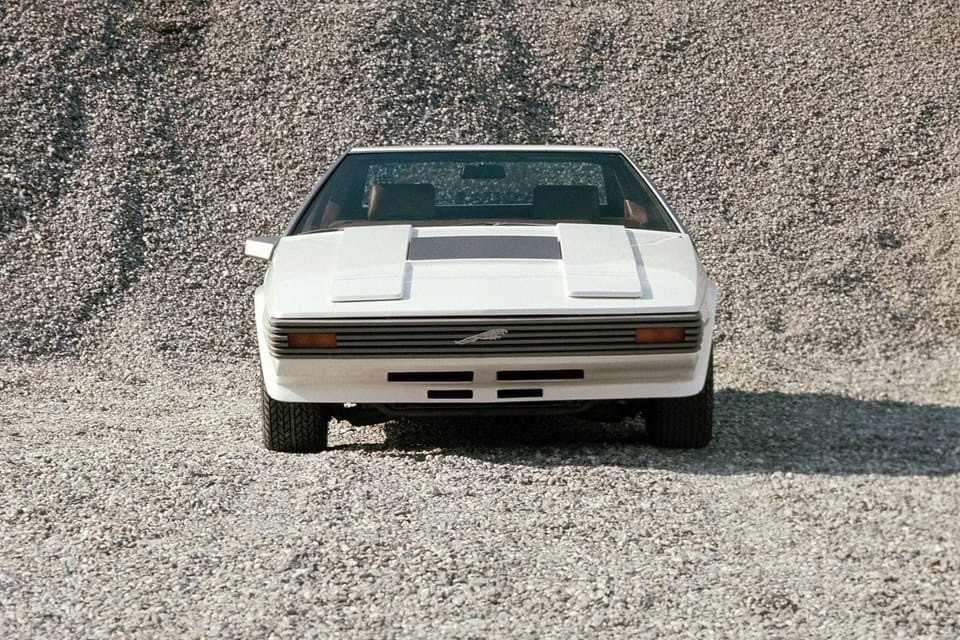
In 1977, when Jaguar was still upholding its traditions, a car like the future-focused Ascot still made sense.
Ascot had zero outward similarity with Jaguar models of the time, but this doesn’t matter — it is a believable product because Marcello Gandini and the team at Bertone used their skills to uphold Jaguar’s brand and product traditions. Let’s get into it.
Given we’re in the middle of Jaguar picking out the floral arrangements for its own funeral, I’ve grown to feel it’s more insulting to leave passive aggressive comments about what Brand X should have done than to outright shitpost something.
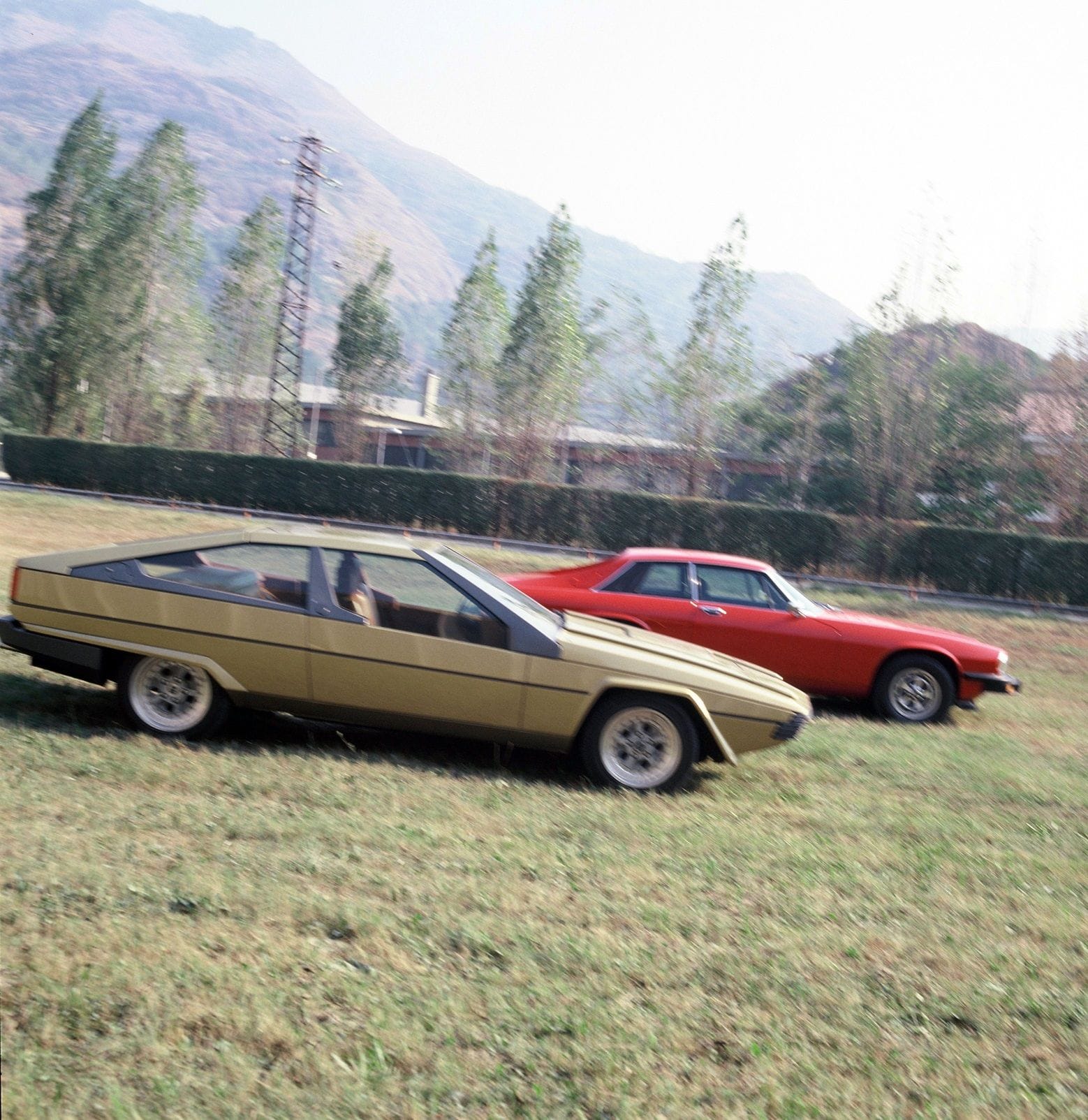
Upholding tradition, to me, means finding out what you do best (tradition) and improving the intangibles a little bit at a time (the “upholding” part).
This means that if you’re in Japan and your job is being the manager of a Shinto shrine that has incense for purchase, you need to know about modern contactless mobile payments systems…in addition to the historical shrine. Earthquakes…and the shrine. Seasonal tourist patterns…and the shrine.
Really, the shrine is perhaps the easy part — the tradition is there, it has been invented, it is known.
The ‘upholding’ part is where tradition comes into conflict with the modern world. Where does one find a carpenter in 2024 with experience in shrines? How will this new person interact with the existing tradition?
Truly, I don’t believe traditions are as engrained as people assume they are; within a decade, beloved institutions can be mismanaged into dust. Good money can chase after bad. Brands can whither and die. (So, too, can car designers, carpenters, and writers.)
Art is in the ‘upholding’, make no mistake — Oreo’s tradition is making stickly sweet sandwich cookies, I send out emails about weird cars, while Jaguar’s tradition is in making luxurious sporting vehicles. It is through sheer day in, day out creativity that any of us survive.
Problem? Jaguar hasn’t been upholding its traditions, not really, for decades now.
Where do I even begin? Waymo’s lame-o driverless car fleet talks in its sleep and is comprised mostly of Jaguar I-Pace models.
Jaguar recently announced that it is going to take some time off…from selling cars entirely.
The brand’s most recent high point was a recurring appearance on Mad Men during one of that show’s most popular runs…in 2012.
In fact, Jaguar reportedly hadn’t been consulted about the show’s storyline (which I won’t repeat here), but because it was popular a the time, Jaguar had its social media and marketing minions spend the rest of the Mad Men season trying to capitalize on the success that the automaker had in no way earned because of its products. Really:
“Jaguar […] set up a special PR team to directly respond to the episodes after they air on Twitter,” reported The Week. How cringe.
For a while, it seemed as though the British icon’s entire marketing plan was to get onto Top Gear once per year. Great success.
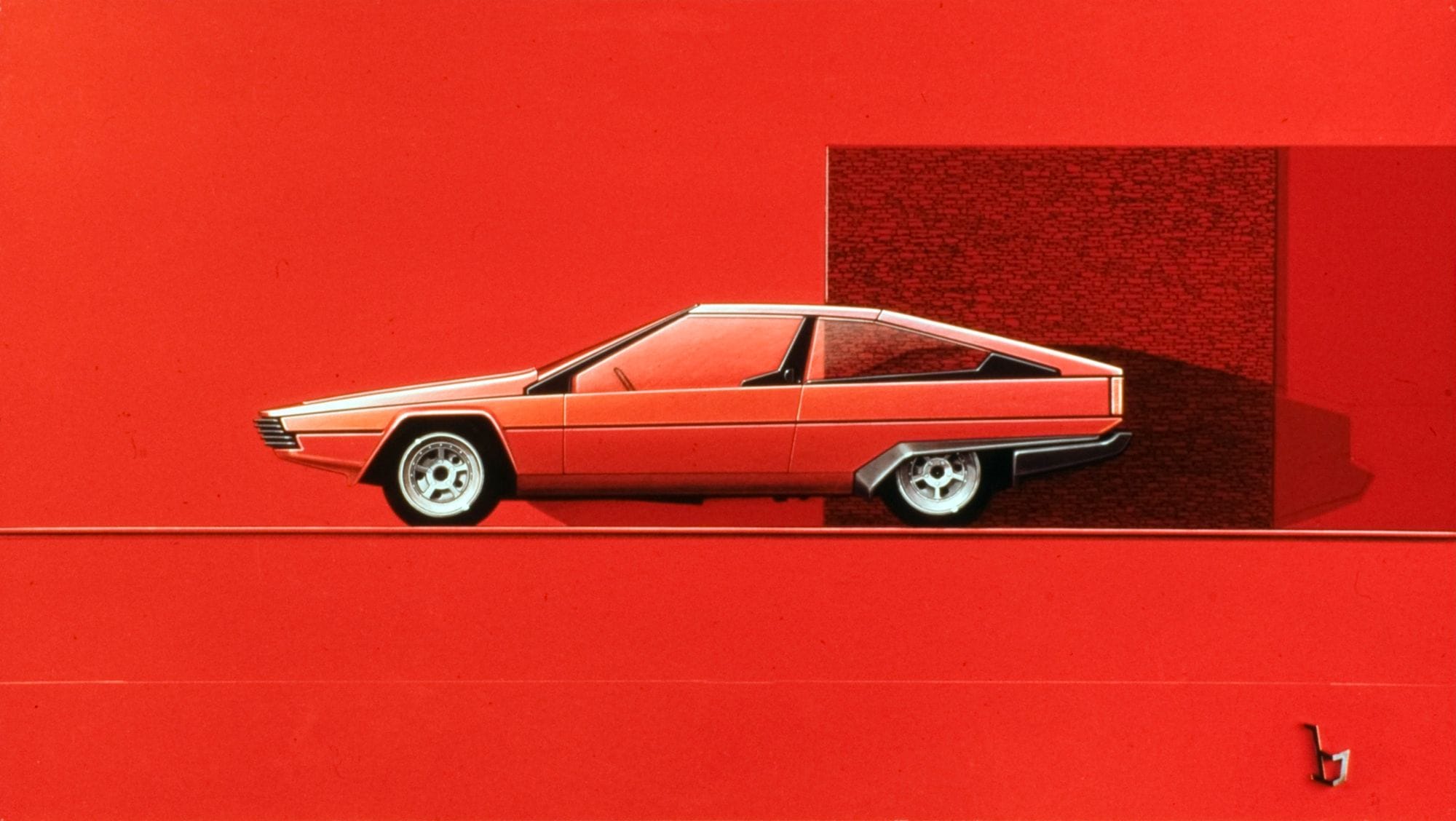
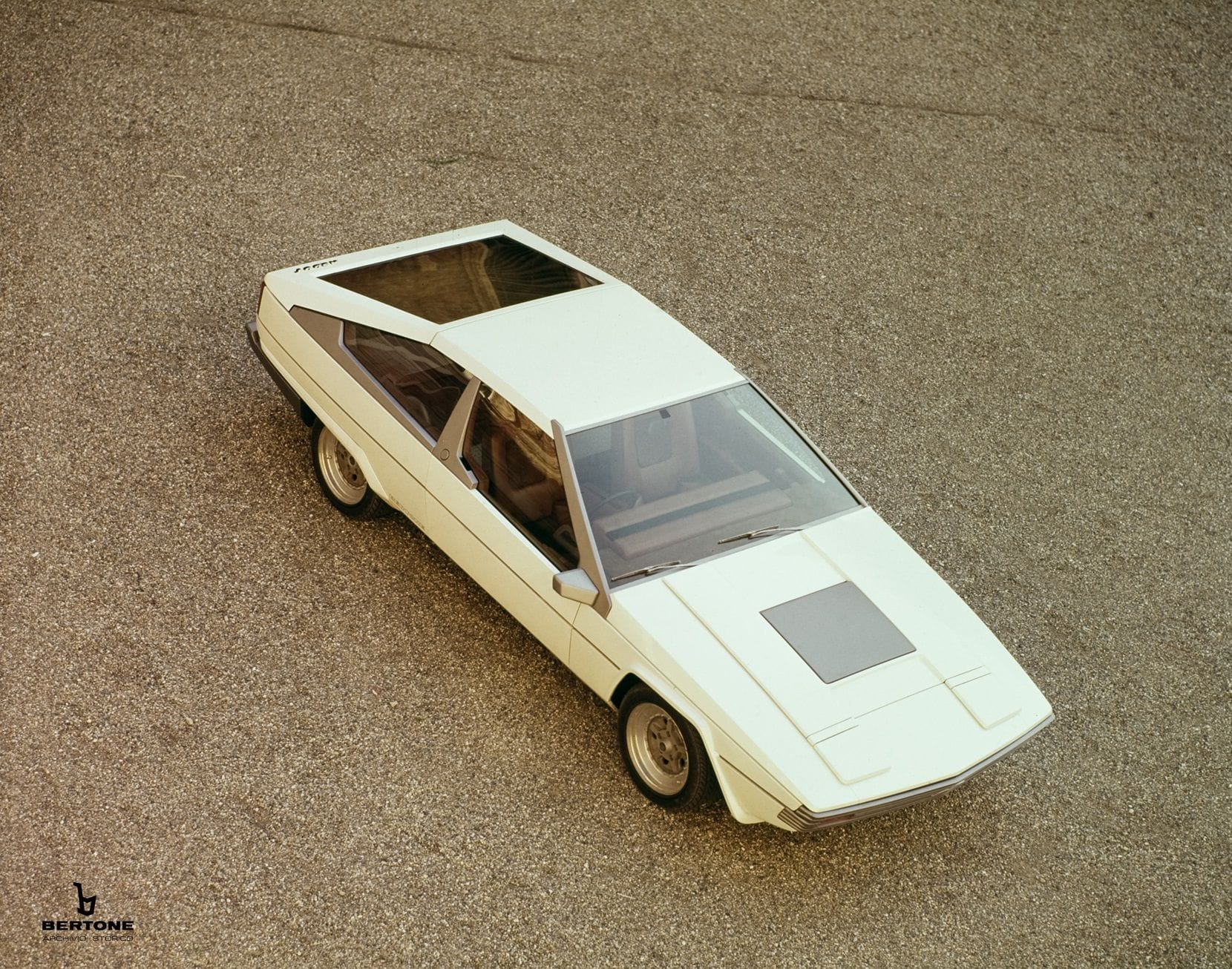
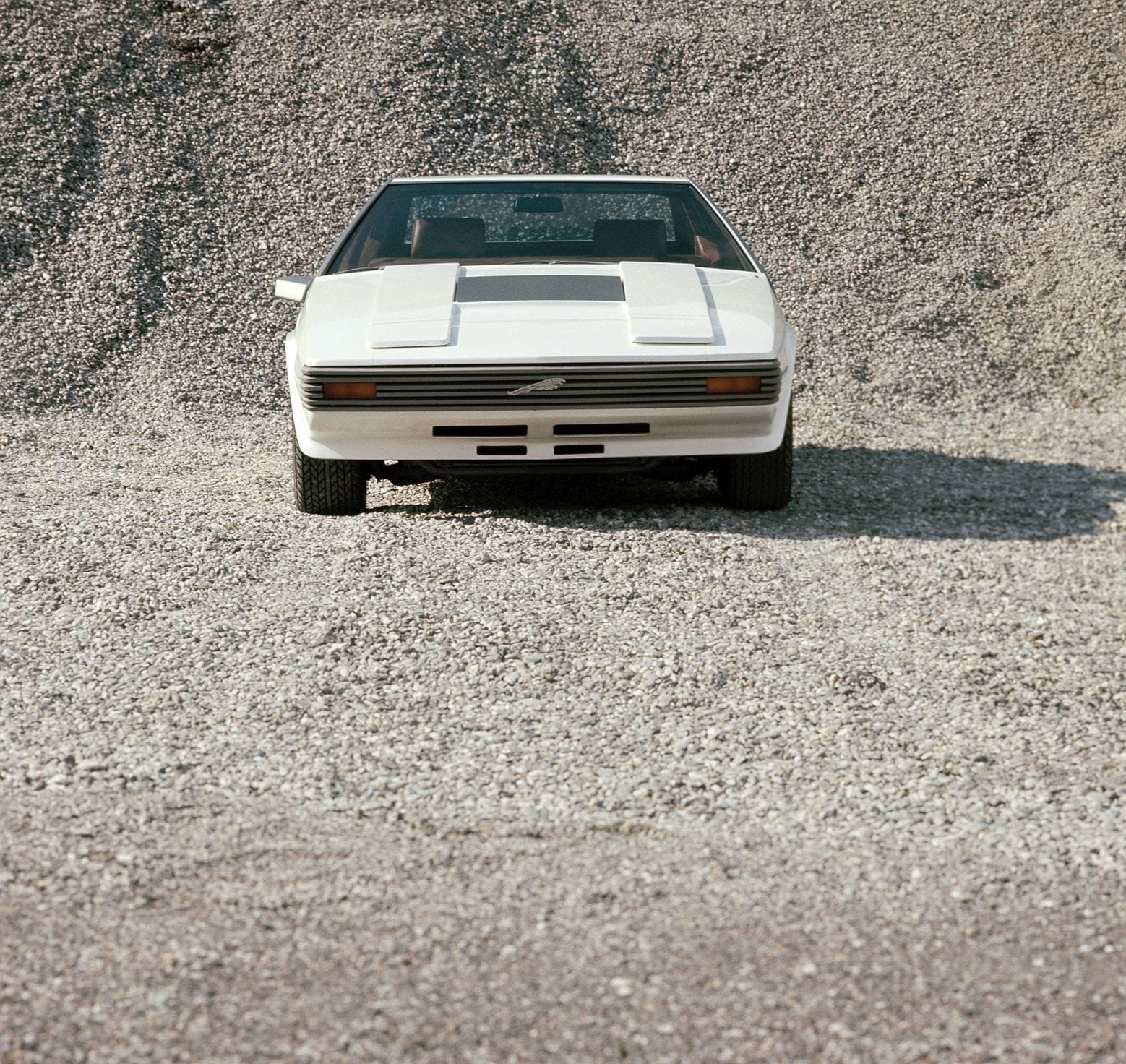
Jaguar Ascot • via Bertone
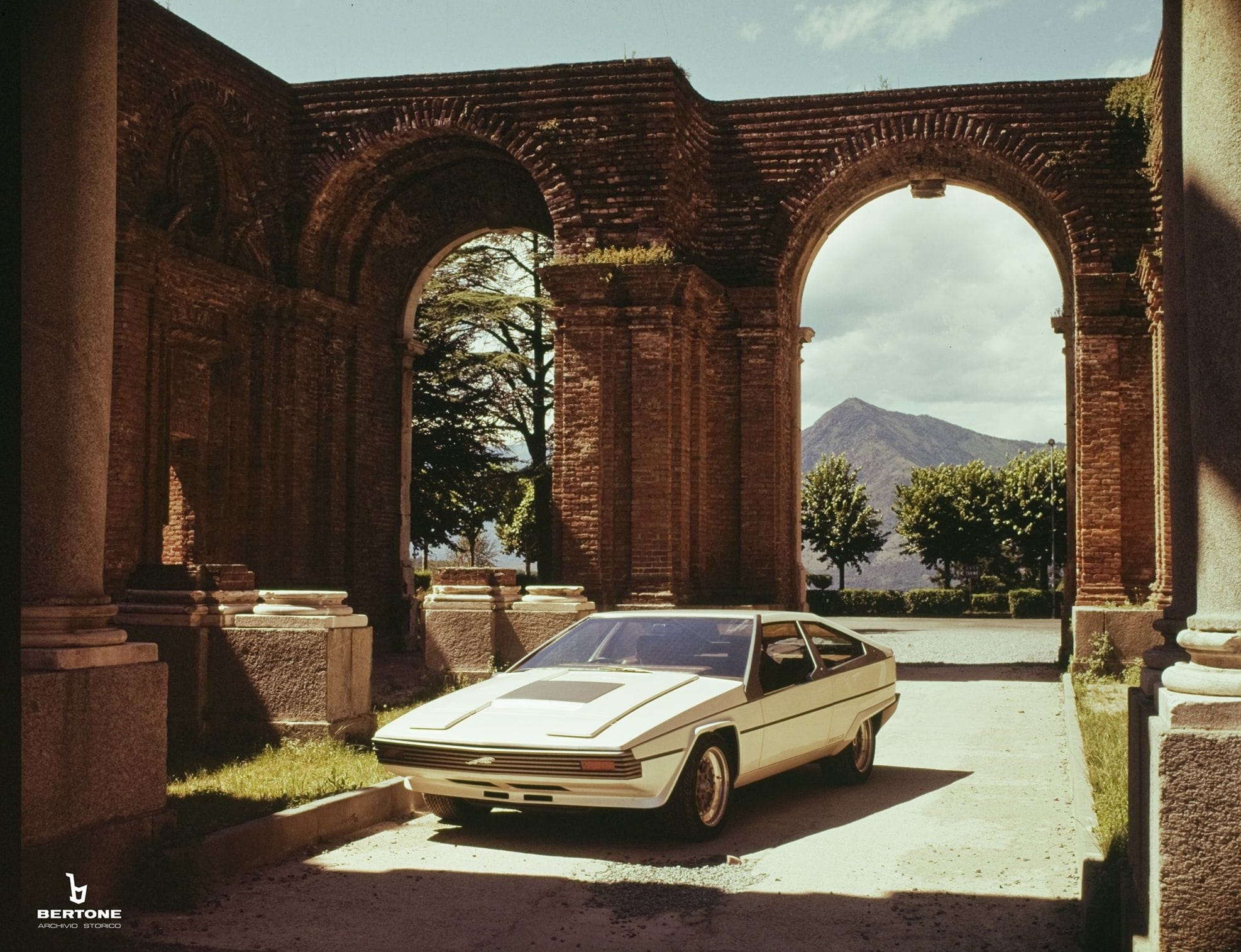
How does the above uphold tradition — how does that enable better luxury sporting cars from Jaguar?
Did the lower-cost X-Type range of cars help? The failed Formula 1 team? The confusing lurch into diesels, for North America — Jaguar F-Pace 20d, anyone?
For the above and many (many) other reasons, Jaguar has always been my personal least favourite car brand. I simply don’t get it. Then again, do you blame me? Even by the mid-’90s, when I was still in grade school, Jaguar was voted Least Likely Poster On My Bedroom Wall.
Lunatic TWR models aside, Jaguar has been dead to me for more than 30 years. It’s about time the rest of you caught up. ;)
In fact, I’m willing to assume that, at most, only one Car of the Day reader has bought a new Jaguar in the last five years.
When I load up a racing game, however, what do I choose from the 1950s? A D-Type, every time. When I want a mid-afternoon pick-me-up, what do I watch? Tom Walkinshaw’s pole position lap for the 1985 Bathurst 1000.
When I want to recall the gold standard of attainable luxury in the ’60s, ’70s, and ’80s, it is incredibly easy: I look at Series 1, 2, and 3 interior photos of the Jaguar XJ.
Tradition, baby, yeah.
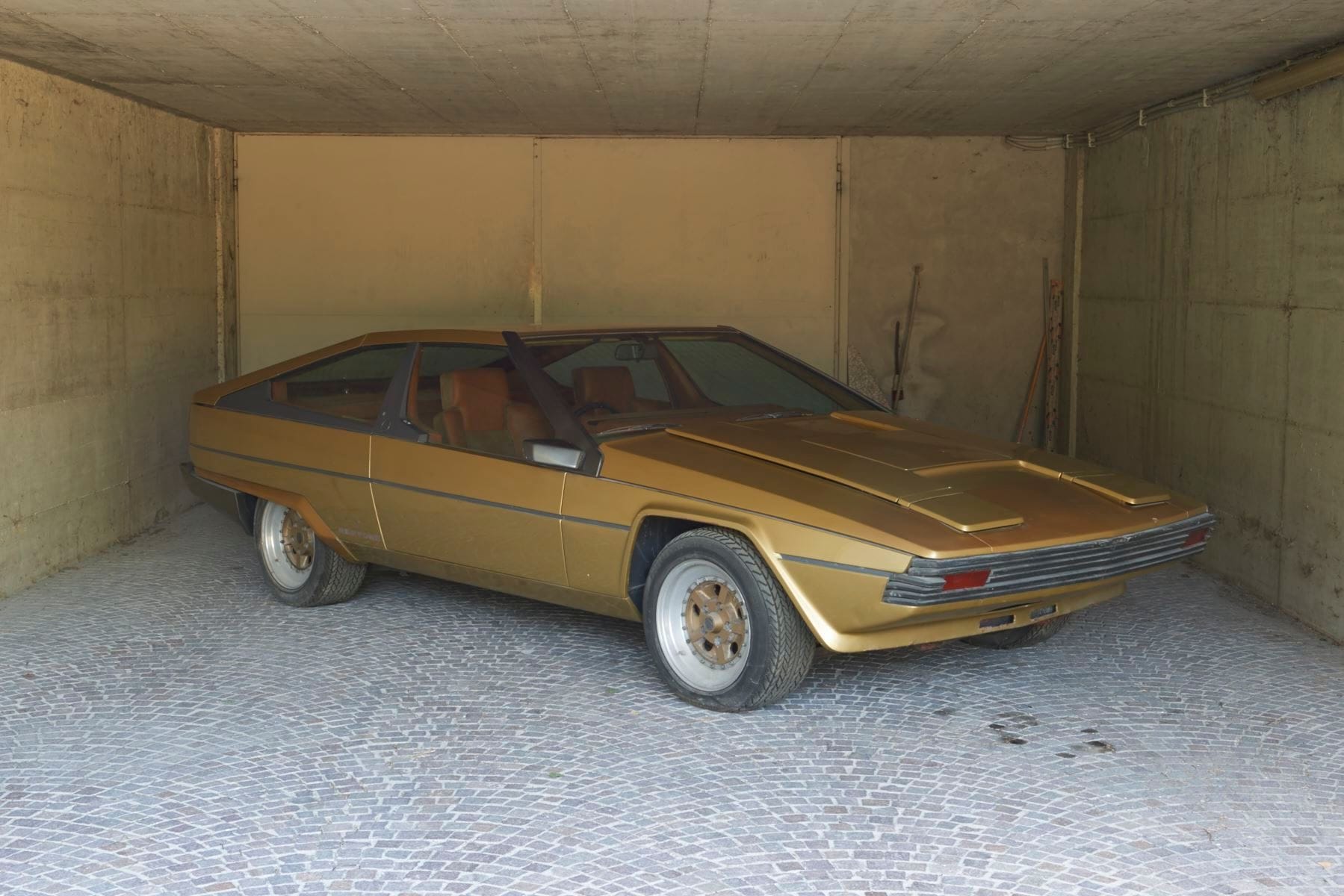
Given we’re in the middle of Jaguar picking out the floral arrangements for its own funeral, I’ve grown to feel it’s more insulting to leave passive aggressive comments about what Brand X should have done than to outright shitpost something.
A meme may sting today, but bad opinions from the peanut gallery adopted by executives to hammer home their dull points can smash brands up beyond recognition.
“Jaguar, just put a V8 engine into a nice-looking sedan. Make a new F-Type coupé, convertible, and make a new SUV. Get a plug-in hybrid SUV out, and…” …is a take I’ve seen in recent weeks.
Insulting. Why?
Experts were already paid good money to tell Jaguar executives that its current customer base is dying or dead. Let ’em believe it.
For reasons too numerous to list, from emissions standards to shared components and, probably, Brexit, Jaguar believes that the only way forward is to reinvent itself for the future. (Putting the box before the litter, as eager cat investors can sometimes do.)
Jaguar’s traditions were fine, until the scaffolding that upheld its core values began to collapse, causing the ripple effects that you see now.
If someone tells you who they are, believe it.
If an automaker’s new brand identity resembles a lozenge, swallow it.
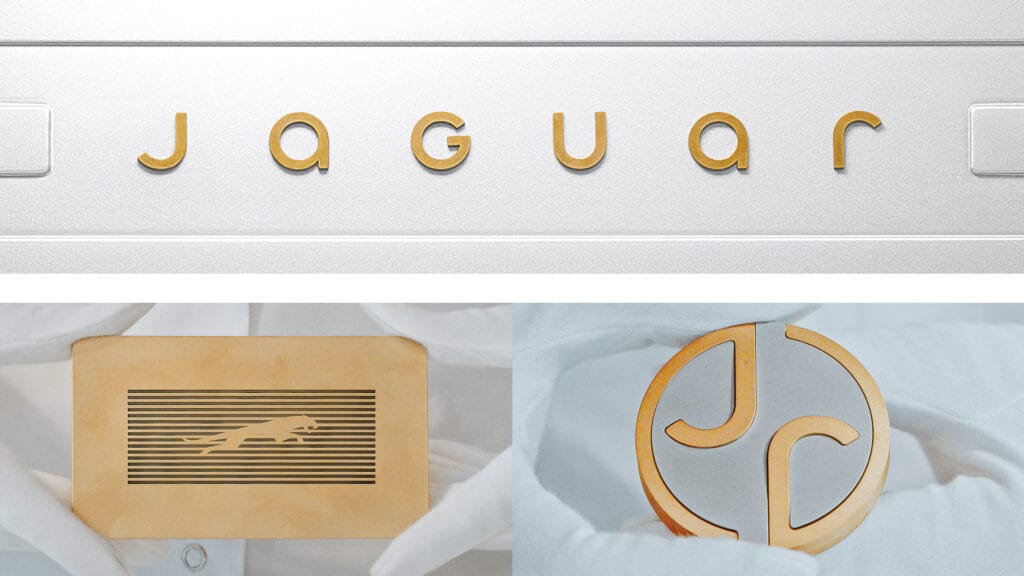
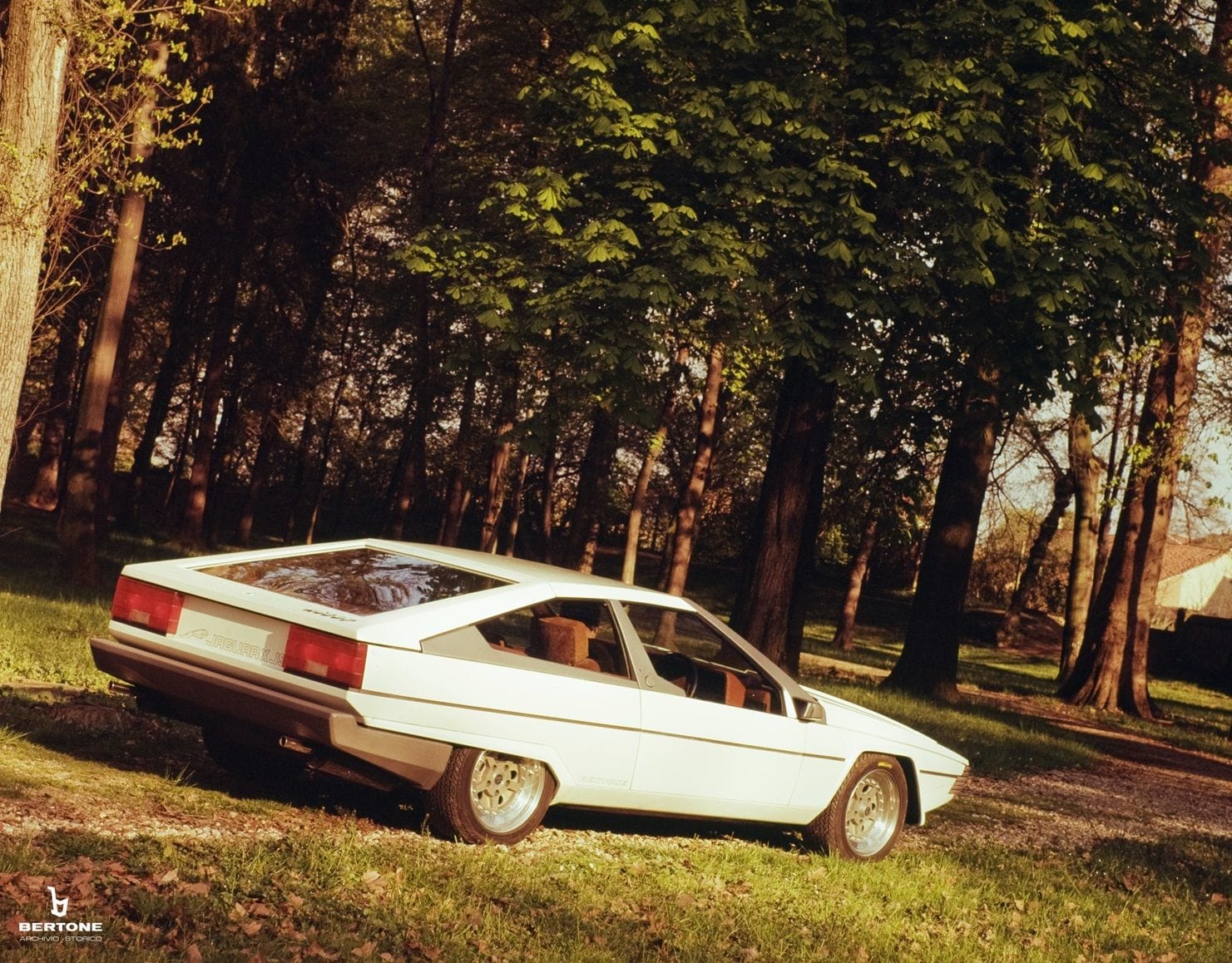
To me, the reason this 1977 Ascot concept car, itself based on a 5.3 litre V12-engined XJ-S coupe, still screams “Jaguar” in every important details.
The car’s jewelry is refined and sporting: the artfully curved front bumper-headlight grille, simplified ‘Leaper’ badge, and its raised hood bulge may not be to your taste but they are all elements within a cohesive theme.
Farther back, the contrasting A-pillar and mirror, side window detailing, and inspired alloy wheel choice scream high-end golf, ski, cycling, or tennis equipment of that era.
How the car resolves into a mess of notched, graphic shapes and faux diffuser is perhaps more Matra than Jaguar, but again, the job here was to uphold tradition, not to reinvent it — in the ’80s, Jaguar’s rear lights were mostly square and boring asf, like the Ascot’s.
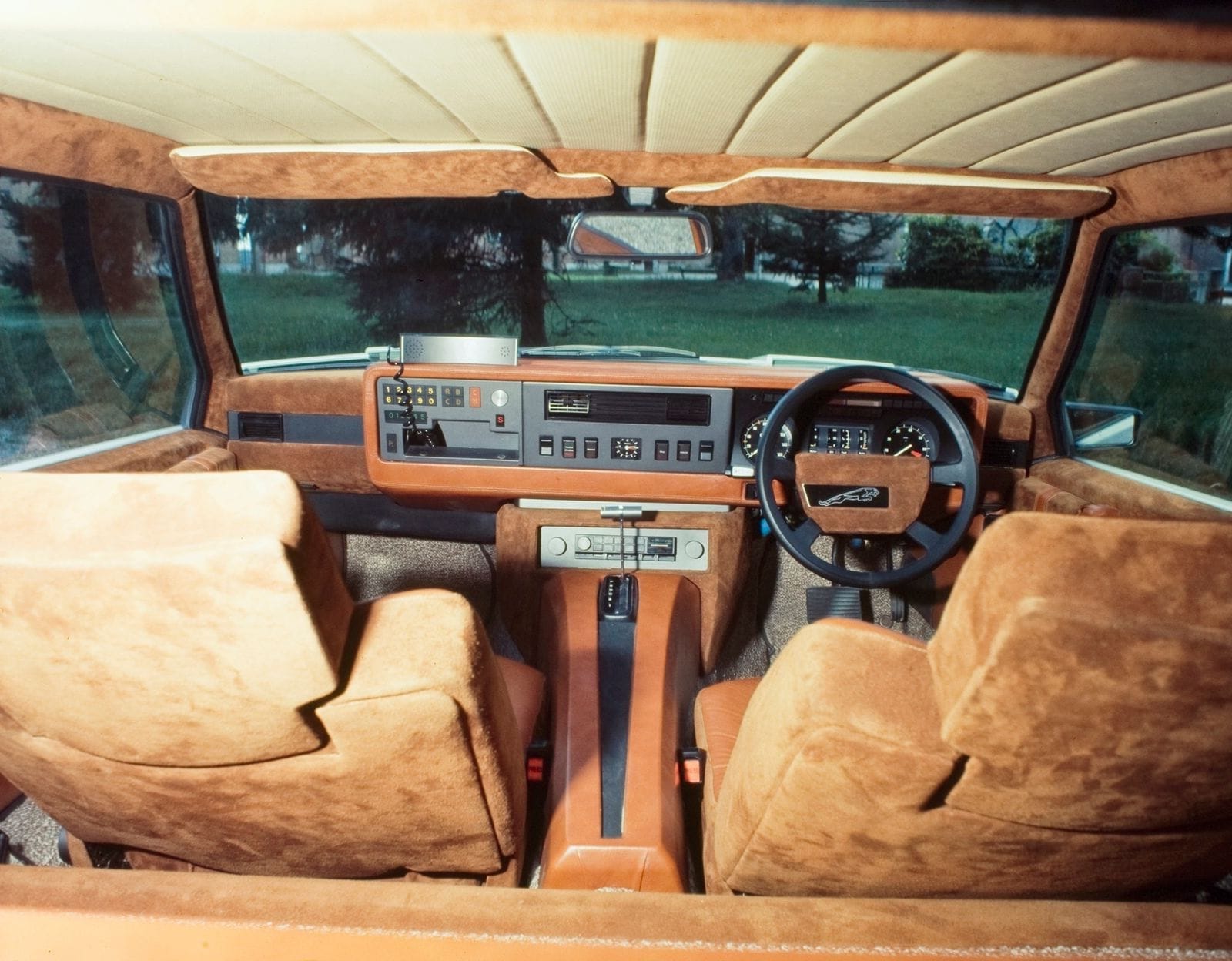
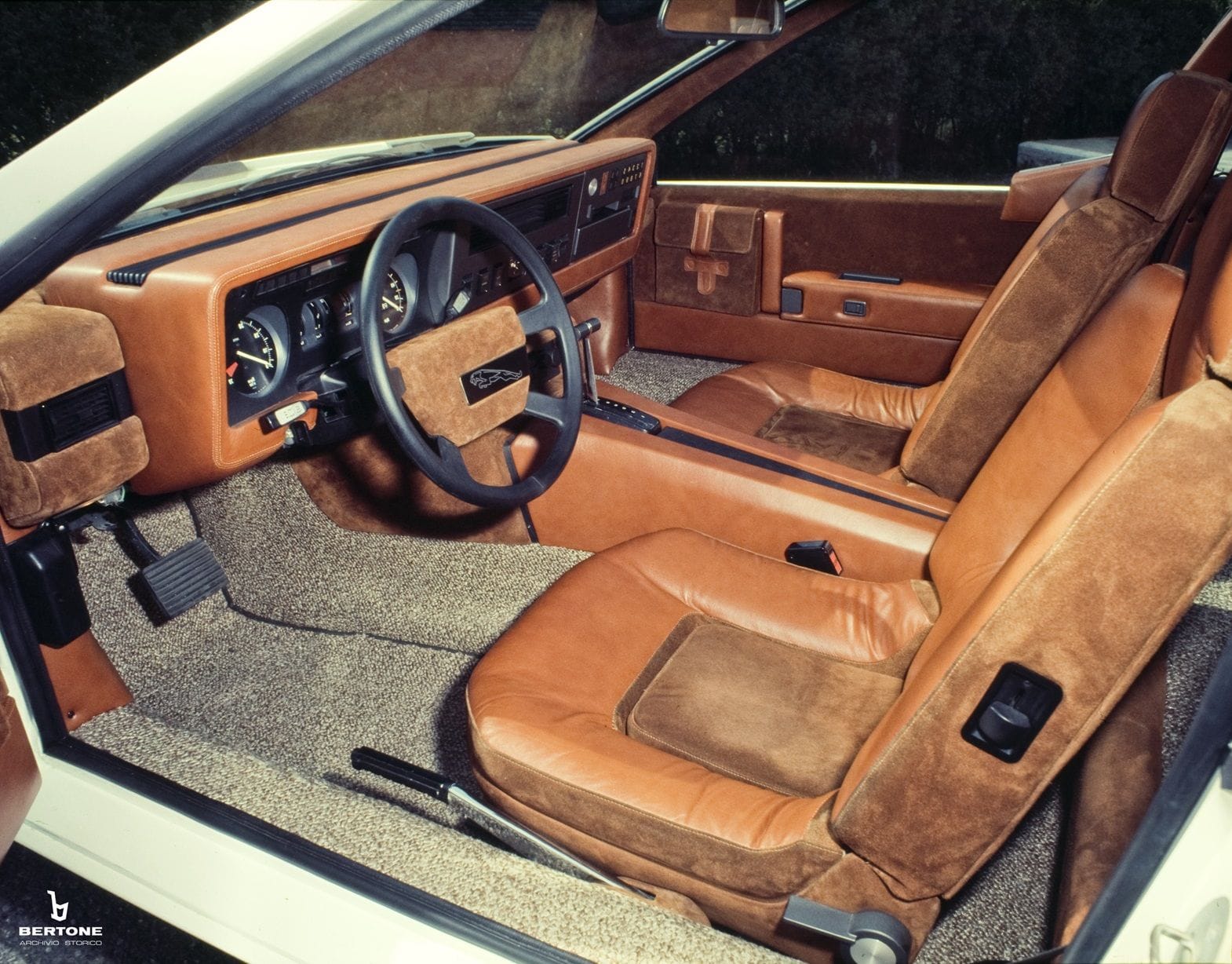
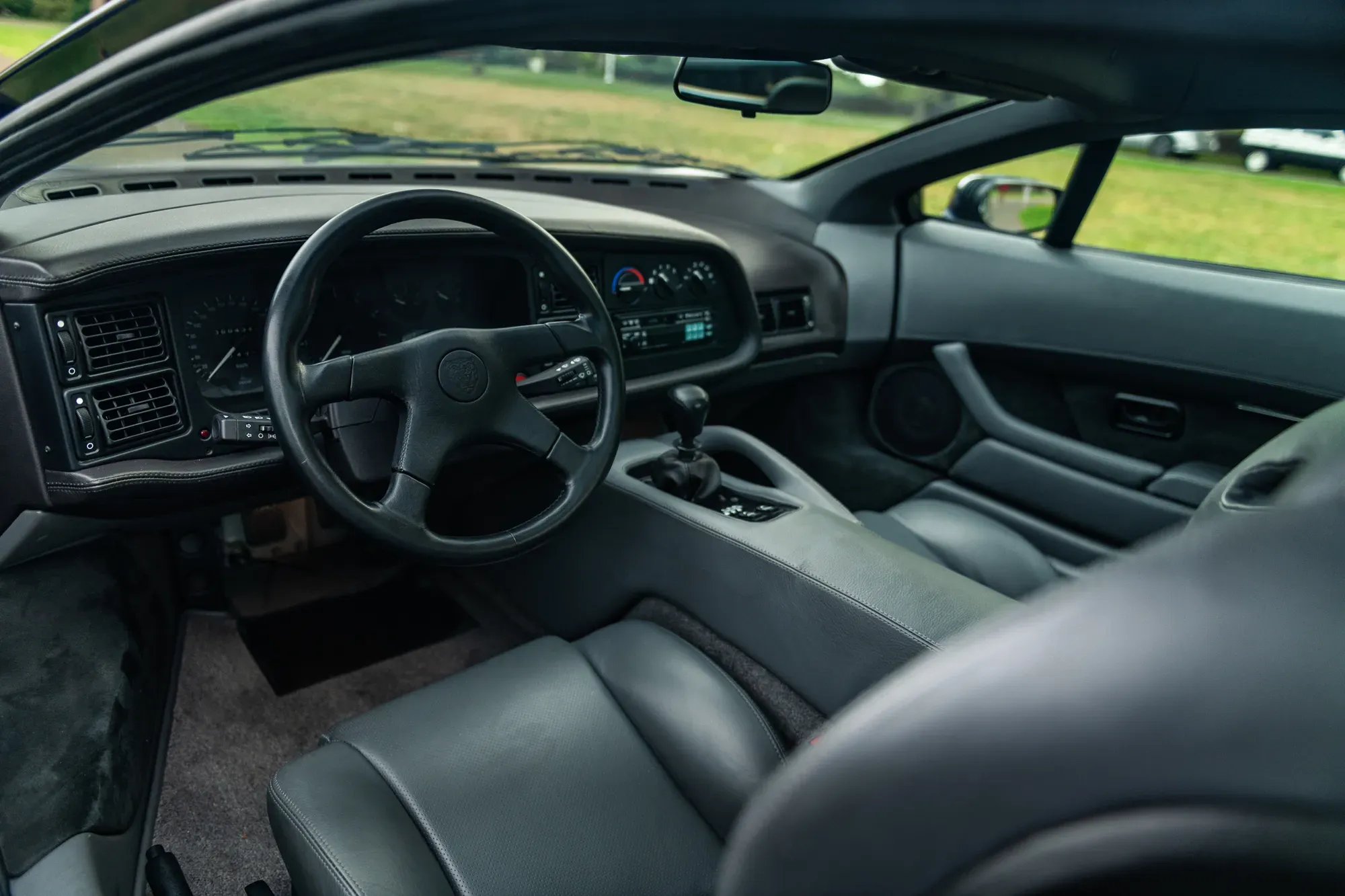
Now; weirdly, even Bertone gets the orientation wrong on its watermarked interior photos: the concept car is right hand drive!! (see above). Jaguar XJ220 interior • via Bertone, The Cultivated Collector
Inside, what’s not to like? Put this next to an XJ220 with a grey interior, and again, it’s clear the Ascot’s designers knew exactly which traditions — crisp clocks, smooth leather, plush appointments, laid-back driving position — were essential to retain for the sake of continuity.
While it may not look like every Jaguar, in my eyes the Ascot is at once more futuristic and more traditional than any of the leaping cat’s recent vehicles. Ascot is a luxurious sporting car, designed to crush continents, comfort passengers, and turn heads — new Jags only get attention when they’ve been disabled by a single traffic cone.

